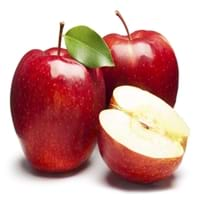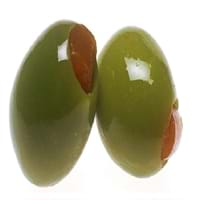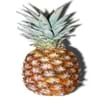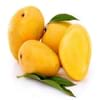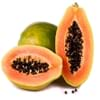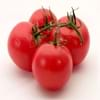Health Benefits
Cancer prevention, Supports healthy Liver function, Diarrhea treatment, Heart care, Increases metabolic rate, Neutralizes irritable bowel syndrome, Helps Prevent cataract, Prevents constipation, Prevents gall stones, Prevents high blood pressure, Helps prevent Parkinson's disease, Reduces risk of asthma, Treatment of alzheimer's disease
Cancer prevention, Helps in cartilage regeneration, Prevents macular degeneration, Treatment of alzheimer's disease
General Benefits
Boosts immune system, Helps in weight loss, Maintains healthy cholesterol level, Whitens teeth
Anti oxidant properties, Anti-inflammatory properties, Boosts immune system, Controls blood pressure, Digestive aid, Maintains healthy cholesterol level
Skin Benefits
Anti-aging benefits, Brightens and lightens complexion, Hydrates skin, Treatment of acne, Treatment of dark spots, Treatment of puffy eyes
Hydrates skin, Skin rejuvenation, Treatment of skin diseases
Hair Benefits
Prevents hair loss, Promotes longer and healthier hair, Regulates hair growth, Treatment of dandruff
Acts as moisturizer, Good conditioner, Regulates hair growth
Allergy Symptoms
Abdominal pains, Itching, Swelling of mouth, tongue or lips, Vomiting
NA
Side Effects
Allergic reaction, May consist of poisonous seeds
Affects blood glucose levels, Dizziness, Stomach pain
Best Time to Eat
Any time except an hour after meal, Best if taken as a breakfast (or empty stomach), Don't consume at night and before bed
Hardly eaten raw, Olive oil is consumed for many purposes.
Vitamin B5 (Pantothenic Acid)
Vitamin C (Ascorbic Acid)
Vitamin K (Phyllochinone)
Phytosterol
Not Available
Calories in Fresh Fruit with Peel
Calories in Fresh Fruit without Peel
Not Available
Calories in Frozen Form
Not Available
Type
Tree fruit
Tree fruit
Season
All seasons
Spring, Summer
Varieties
Red Delicious, Golden Delicious, Gala, Fuji, Granny Smith, Arkansas Black, Sampion, Pink Lady, Cameo, Jonagold, Mc Intosh, Ananasrenette, Lobo, Pacific Rose, Yellow transparent and Bramley
Manzanillo, Sevillano, Mission, Ascolano, Barouni, Gordal, Rubra and Picholine
Color
Green, Red, Yellow
Black, Green, Purple, Yellow
Taste
Sweet, Sweet-Sour
Bitter
Origin
Central Asia, Middle East Asia
Eastern Mediterranean Region
Soil Type
Loam
Well-drained
Climatic Conditions
Cold
Warm to hot climate
Facts about
- Apples can be as small as a pea and as big as a pumpkin.
- There are more than 8000 varieties of apples.
- Life of an Apple tree can be more than 100 years.
- Apples contain 25% air, therefore they float in water.
- In ancient Greece, 1st eye shadow was made by adding olive oil in ground charcoal.
- The most expensive form of olive oil is Extra Virgin.
- Largest type of olive tree is known as donkey tree & smallest one is called bullet.
Other Countries
Chile, France, India, Iran, Italy, Poland, Russia, Turkey, United States of America
Algeria, Egypt, Greece, Italy, Morocco, Portugal, Syria, Tunisia, Turkey
Top Importer
Russia
United States of America
Botanical Name
Malus Domestica
Olea europaea
Synonym
Malus Communis or Malus Pumila or Pyrus Malus
Not Available
Subkingdom
Tracheobionta
Tracheobionta
Division
Magnoliophyta
Magnoliophyta
Class
Magnoliopsida
Magnoliopsida
Species
M. domestica
O. europaea
Difference Between Apple and Olive
We might think that Apple and Olive are similar with respect to nutritional value and health benefits. But the nutrient content of both fruits is different. Apple and Olive Facts such as their taste, shape, color, and size are also distinct. The difference between Apple and Olive is explained here.
The amount of calories in 100 gm of fresh Apple and Olive with peel is 52.00 kcal and 115.00 kcal and the amount of calories without peel is 48.00 kcal and Not Available respectively. Thus, Apple and Olive belong to Low Calorie Fruits and High Calorie Fruits category.These fruits might or might not differ with respect to their scientific classification. The order of Apple and Olive is Rosales and Lamiales respectively. Apple belongs to Rosaceae family and Olive belongs to Oleaceae family. Apple belongs to Malus genus of M. domestica species and Olive belongs to Olea genus of O. europaea species. Beings plants, both fruits belong to Plantae Kingdom.
